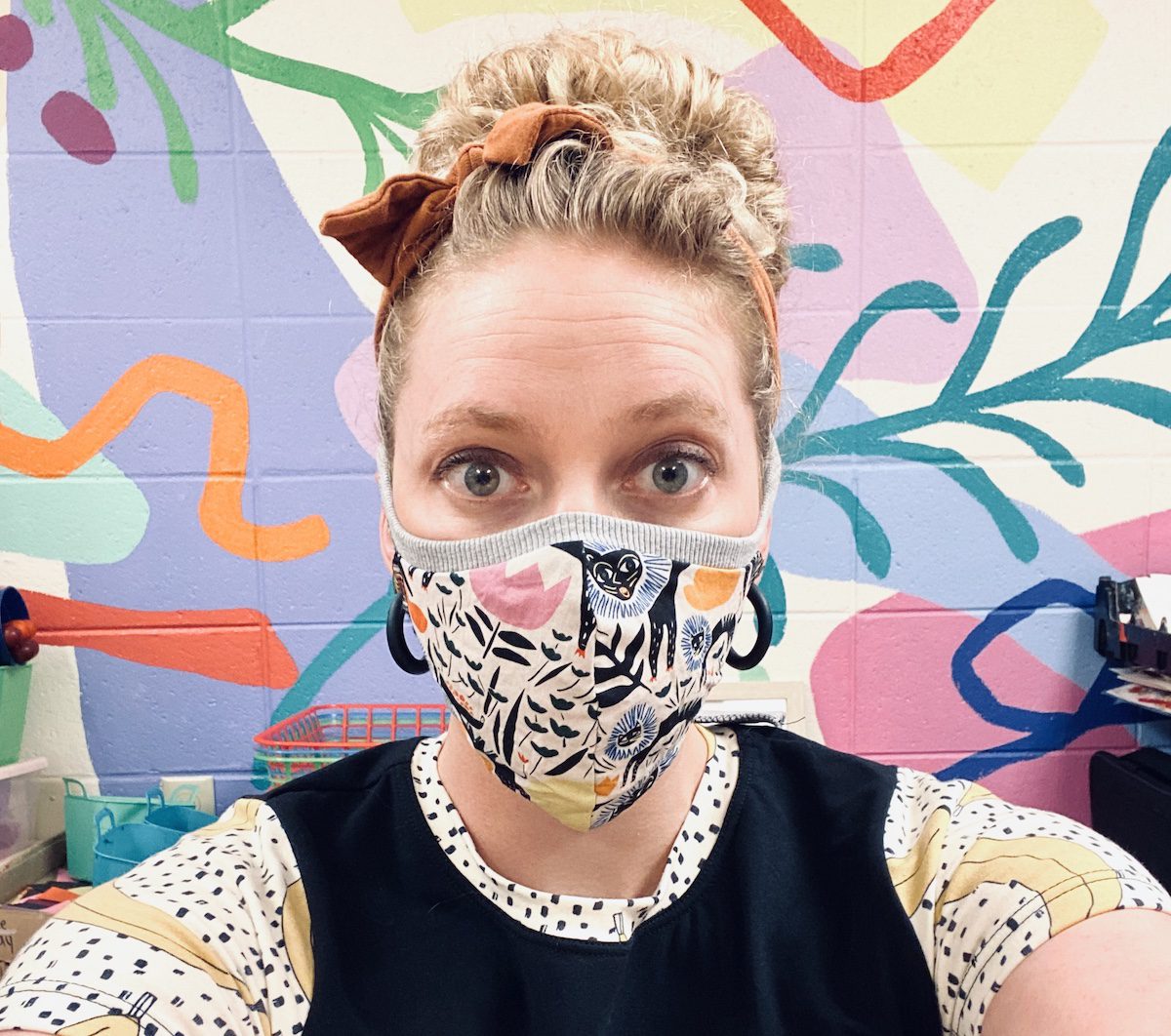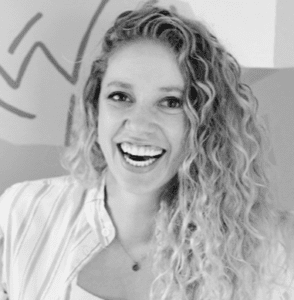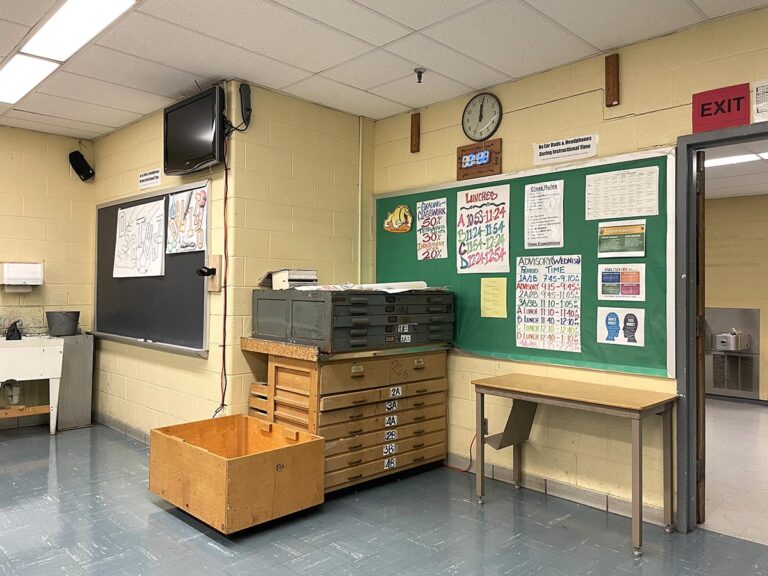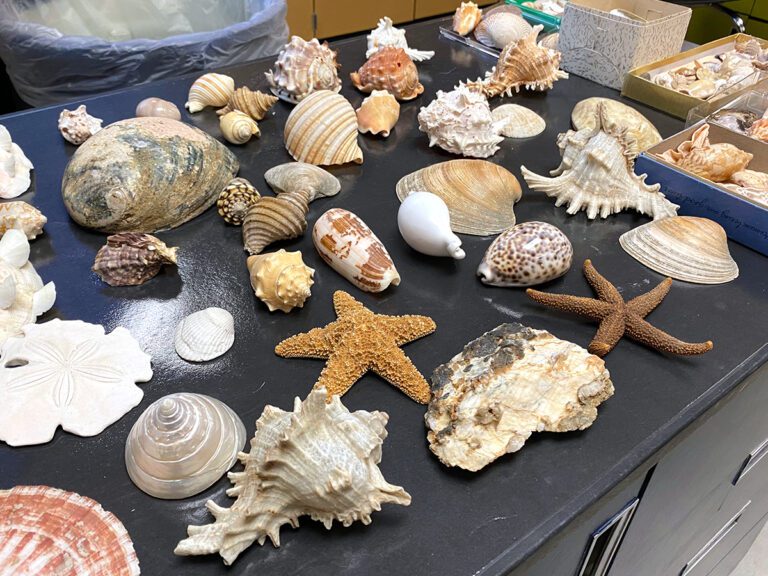Return to Learn with The Art of Education University
Wearing a mask is undoubtedly one of the most effective ways to prevent the spread of COVID-19. Many districts returning to school for face-to-face learning are requiring masks to be worn by all students and staff. Although mask-wearing in school is something new to many of us, we know it is a necessary precaution for the health and safety of our world.
Consider the following 10 tips when it’s time to mask up at school:
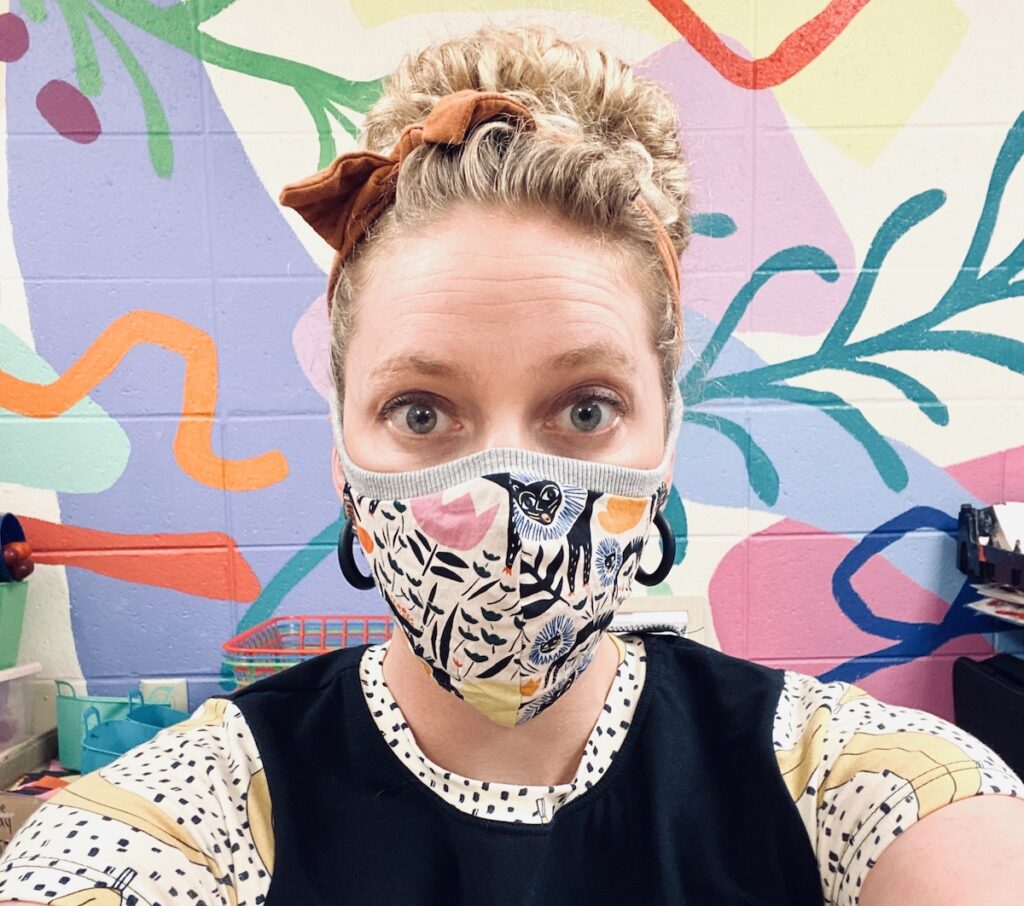
1. Explain the effectiveness of masks to your students.
Don’t underestimate the power of a simple explanation. Especially if you work with elementary level students, they are going to need reminders about why masks are so essential to wear.
Check out this video by Bill Nye, demonstrating the effectiveness of masks. Because it’s difficult to see spit particles being expelled as people talk, showing a video can be helpful to demonstrate what is actually happening when people wear a mask.
2. Maintain the integrity of your mask.
Remember, safety first. It can be fun to decorate masks; we are artists, after all! But it’s important to have the safety of your mask be the top priority. Be careful not to punch holes by bedazzling or sewing. Use fabric-safe paints and markers to avoid inhaling harmful chemicals.
It’s also vital to wear masks correctly. Be sure your mask fits comfortably over your nose and mouth. It can also help to show elementary students this video about the simple medical reasons why wearing a mask helps stop germs.
3. Model best mask-wearing practices.
Just like anything we do as teachers, it’s best to model expectations for our students. If you are positive, confident, and accepting about mask-wearing, your students will pick up on that. Compliment how awesome kids look in their masks and give positive affirmation when they are wearing their masks the right way. Remind them to clean and wash their masks to stay healthy. Remember, you decide the weather for your classroom with your attitude.
4. Ensure your mask is comfortable for a whole day.
It’s one thing to wear a mask as you run a few errands. But wearing it all day as you work is a different experience. If possible, try out a few different mask styles to find the one that is most comfortable for you. Remember, you’ll be talking more than usual and using your teacher’s voice while wearing your mask. You’ll need to account for what kind of lightweight, comfortable mask will be best for your endurance.
Also, if you have students with hearing loss, it might be better to wear a face shield, if you have the option, so your students can see your mouth movements.
5. Hand-raising and eye contact are necessary communication tools.
Let’s face it; you may not always be able to tell who’s talking or where a mumbling question is coming from when all your students are wearing masks. Demonstrate proper word annunciation and hand-raising to help your students when they need it. You may also want to do a fun exercise to practice how important eye contact is in good conversation.
Ms. Kit Lang explains it perfectly in her blog post, 5 Top Tips of Teaching in a Mask. She writes, “Eye contact is even more important than ever before to reinforce positive behaviors and address unexpected ones. Be conscious of small adjustments you need to make as some of the same tricks don’t work as well when our facial expressions can’t be seen, and our voices are muffled.”
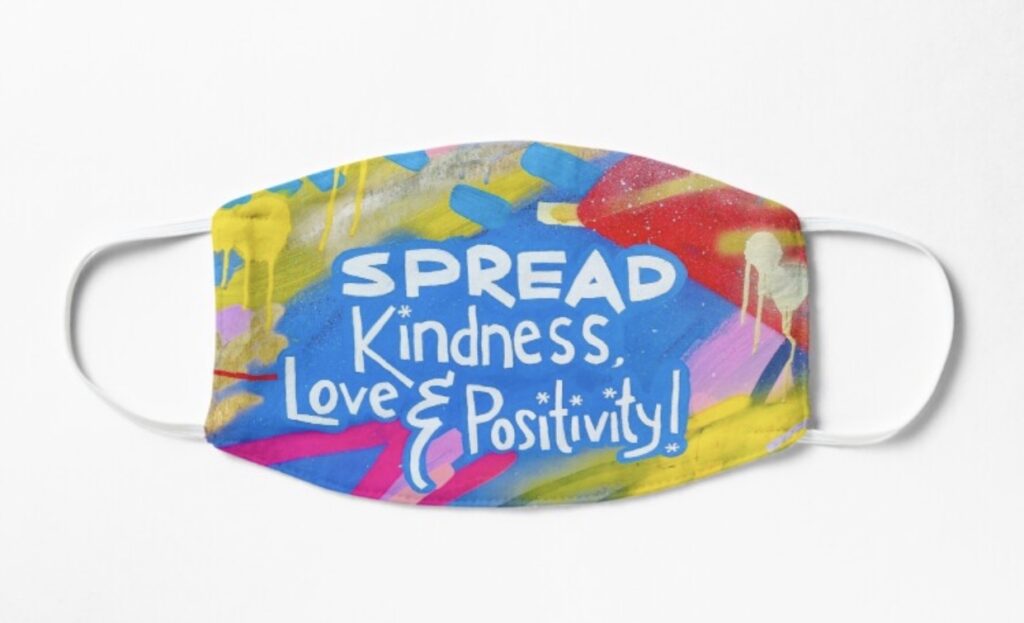
6. Teach students how to deal with mask anxiety.
If you’re anything like me, you might occasionally get anxious while wearing a mask. Chances are, a few of your students may feel the same way. Mask anxiety is a real fear. One of the main reasons your anxiety kicks into high gear while wearing a mask is literally from the way you are breathing.
Without a mask, you typically breathe comfortably through your nose with your mouth closed. Then, when you put a mask on, many people unconsciously switch to breathing from their mouths. Here’s the kicker, when you breathe through your mouth for periods of time, your fight or flight response is activated.
This fight or flight response feels just like anxiety. Practice and teach students how to belly breathe slowly and calmly from their nose to battle mask anxiety. Also, be sure to check out this great video explaining the science behind mask anxiety and how to combat it.
7. New students will be hard to recognize.
Picture this example; you see a whole classroom of new kindergarteners you’ve never met before, and all their faces are covered with masks. It’s so hard to know who is who and what the students look like. Talk to your district to see if you can create buttons, lanyards, or badges with photos of students’ smiling faces for them to wear to help with identification.
8. Consider flipping your classroom with teacher demo videos.
Worried about giving so many demos with your mask on? Try flipping your classroom teaching method and playing a recorded video at the beginning of art class that comfortably shows your whole smiling face. Your kids will love seeing this engaging video content and your silly facial expressions. It will make your job a whole lot easier, especially if you are also doing a hybrid model of teaching with online learning.
Return to Learn with The Art of Education University
9. Talk to your district about scheduled mask breaks.
Obviously, when students are eating lunch, masks will be able to come off. But, has your district considered other mask breaks? If students are properly distanced with protective partitions, you and your teacher team may be able to offer periodic mask breaks during quiet student work time. The same goes for artmaking time. Maybe ten minutes of artwork time is absolutely silent, and the trade-off is that students are allowed to remove masks during those first ten minutes?
10. Create fun lessons celebrating how masks make us superheroes.
If wearing masks and proper safety precautions can get us back in school creating with our artists, it’s worth the temporary uncomfortable feelings. Help students take ownership and pride over their mask-wearing by creating projects featuring masks. Students can create masked self-portraits like these or create a drawing of them as a masked superhero. No matter how you do it, giving students ownership over their situation will be a powerful tool.
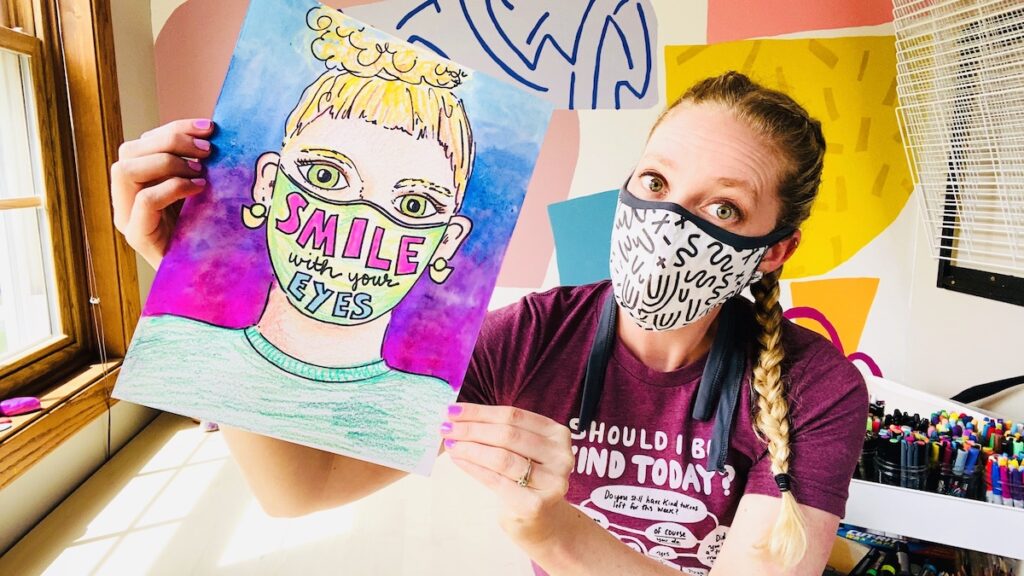
Remember, masks are an essential part of fighting COVID-19. So, instead of wasting your energy fighting mask-wearing, stay strong and fight the virus!
What kinds of decorated masks would be fun to do with your students?
What are you most worried about when it comes to mask-wearing in school?
What art lessons feature masks in a positive way?
Magazine articles and podcasts are opinions of professional education contributors and do not necessarily represent the position of the Art of Education University (AOEU) or its academic offerings. Contributors use terms in the way they are most often talked about in the scope of their educational experiences.
